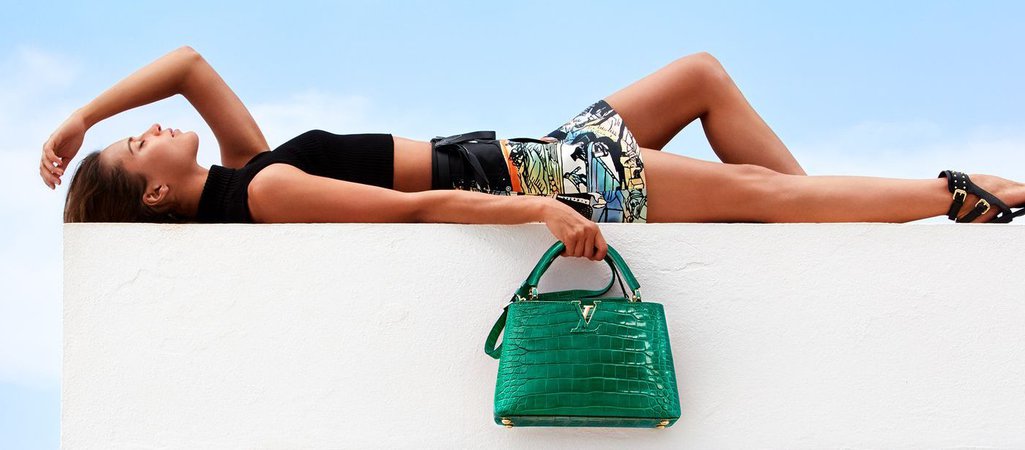Louis Vuitton’s strong identity and DNA derive from the long-term vision implemented in its own evolution. Collaborations with renowned artists help develop rather than distort the brand.

In a recent speech, Bernard Arnault, the mastermind behind LVMH, said that he is not obsessed by the size of Louis Vuitton, but rather that he is much more interested in keeping it in great shape while propelling it to become the most desirable brand in the upcoming years.
Wise words.
In a world where profit is king, the higher the margins the greater the executive bonuses. Short-term results seem to polarize between the good and the bad. Yet Louis Vuitton stands out for the long-term vision implemented in its own development.
Unlike Hermès, Louis Vuitton can afford to hire the coolest and most talked about street-style designers for its men’s collections and for dressing the First Lady of France, while still being appreciated as the most prestigious luxury brand in the world.
The brand can dare to match a French uber-chic avant-garde designer and an American DJ turned trendsetter.
Diversity is a reality at Louis Vuitton.
Louis Vuitton is one of the most prestigious brands in luxury, and since the ‘90s it has collaborated with artists who have contaminated but never distorted the brand.
From Stephen Sprouse to Takashi Murakami and Yayoi Kusama, renowned artists have given their own interpretations to the brand by enriching its storytelling and imagination while contributing to its relevance even beyond the luxury system.
These collaborations have magnified the brand’s DNA. There has never been the need to re-invent or disrupt at Louis Vuitton thanks to well-kept and developed, consistent and strong brand identity and DNA.
The brand has always been developed with the management technique of the never-ending maintenance, of daily adjustments and of careful management with a long-term perspective.
In the past 20 years, the brand went through charismatic CEOs such as Yves Carcelle and Michael Burke with very different leadership styles, as well as energetic creative directors such as Marc Jacobs while never changing its core values.
The evolution of the brand has been carefully driven with the purpose of a smooth but steady growth.
It was paid great respect for the brand staples such as the Monogram and the Art of Travel (the Annie Leibovitz advertising campaign with the likes of Keith Richards, Sean Connery and Angelina Jolie remains unrivalled). The Iconic collections were developed and updated but never distorted, while at the same time, contemporary products like sneakers were launched to satisfy the appetite of younger customers.
The launch of the collaboration with the New York-based skateboard brand, Supreme, did not disturb the brand’s perception nor the opportunity to dress the First Lady of France.
A dream team of creative directors has been put in place: Nicolas Ghesquière, Virgil Abloh and Francesca Amfitheatrof. They all contribute with different yet stylish points of view to the brand’s evolution.
A very careful distribution strategy, the no-discount policy and the cautious brand extensions helped develop the brand while preserving the equity.
According to the Financial Times, Francois-Henry Pinault of the rival group Kering “believes his flagship label Gucci could one day overtake Louis Vuitton as the largest luxury brand in the world”.
But, is it a belief or just a hope?
Source: Luxury Society
